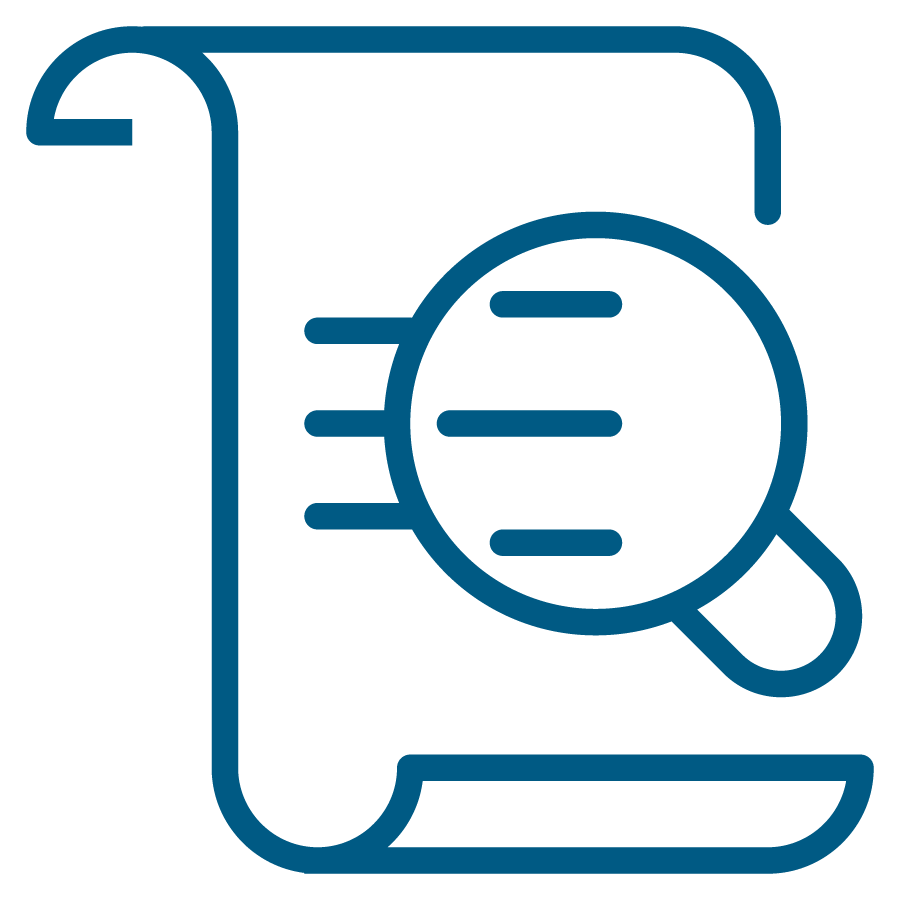The WA Government has released draft plans to rebalance Perth and Mandurah’s precious groundwater resources, which are at risk from the impacts of climate change and increasing use.
This includes the draft Gnangara groundwater allocation plan and a proposal to align garden bore sprinkler rosters with the scheme sprinkler roster, which – combined – will save 70GL of water per year.
The Gnangara groundwater system supplies up to 40 per cent of Perth’s drinking water, as well as water for industry and horticulture, garden bores, parks and other green spaces north of the Swan River.
It also supports significant environmental values including wetlands, caves and bushland, with lowered water levels now evident through the visible drying of wetlands such as Loch McNess and the loss of the unique Yanchep cave ecosystems.
Since 1980, water tables across the Gnangara Mound have fallen by up to 10 metres – a 1,000GL loss of aquifer storage, equivalent to 1,000 Optus Stadiums full of water.
Over half of the 30 sites used to gauge the health of Gnangara’s groundwater dependent ecosystems are now breaching minimum water levels.
The draft Gnangara groundwater allocation plan, developed over five years of consultation with stakeholders, provides water users with certainty of ongoing supply and ensures the long-term environmental sustainability of the Gnangara system.
To support industries reliant on groundwater from the Gnangara system such as horticulture, proposed reductions in water entitlements for most licenced groundwater users have been limited to just 10 per cent. A 27 per cent reduction to groundwater taken by Water Corporation for Perth’s drinking water is also proposed. The proposed changes would come into effect from July 2028.
In addition, a proposal to align the domestic garden bore sprinkler roster with the two-days-per-week sprinkler roster for scheme water users in Perth and Mandurah from September 1, 2022 is now open for public comment.
Alignment of the domestic garden bore and scheme water rosters will save up to 30GL per year, stabilising water tables in urban areas and increasing water availability to street trees and important urban wetlands, such as Perry Lakes, Herdsman Lake, Lake Gwelup, Carine Swamp, Star Swamp, North Lake and Bibra Lake.
It is estimated that garden bores collectively draw about one fifth (22 per cent or around 90 GL) of groundwater taken from the aquifers in the Perth to Mandurah area to use outdoors, mostly for irrigating lawns and gardens.
Garden bore users generally use about three to four times more water on their gardens in comparison to scheme water users.
The WA Government is offering a range of programs to help householders and industry improve their water-use efficiency. This includes rebates on smart irrigation technology and free spring sprinkler system check-ups for householders, and a $750,000 targeted water efficiency program for horticulturalists in North Wanneroo.
Over the past two decades, the State Government has responded to the impacts of climate change on Perth’s water resources, by investing in climate independent water sources with over 45 per cent of water supplied to Perth’s Integrated Water Supply Scheme coming from desalinated seawater and through Groundwater Replenishment.
The WA Government has also announced $1.4 billion in the 2021-22 State Budget for a third desalination plant, providing another climate independent drinking water source.
Public comment on the draft plan and proposed changes to the sprinkler roster is open until February 28, 2022.
For more information visit: http://www.wa.gov.au/rebalancingourgroundwater




